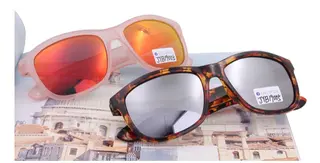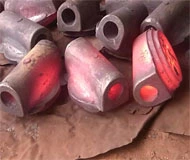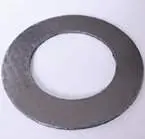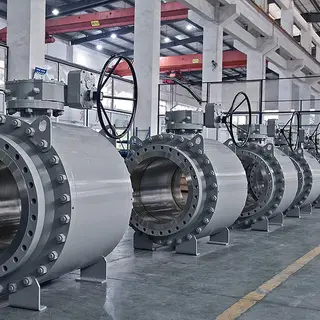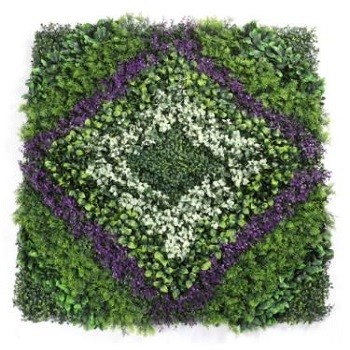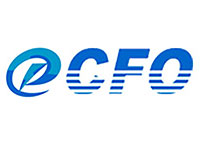How to Choose Qualified Fiber Optic Cable Products
It is well known that the quality of transmission medium is quite important for the whole project; it is not only related to the service life of the project but also is the guarantee of its performance. People now are inclined to choose fiber optic cables as the long-distance transmission medium, for fiber optic cables have many advantages, such as strong anti-electromagnetic interference, large capacity, lightweight, small size and long transmission distance and so on.
Although fiber optic cables are widely used in long-distant transmission, not everyone knows how to choose the suitable cables. Now, we would like to tell you how to choose qualified cables from their structure, material and technique.
1. From material
Material is a key factor that related to the service life of cables. The processing technique is important to the quality of cables. Qualified cables are rarely take additional loss into consideration during processing, ≤0.01dB /km is a basic data to measure the level of manufacturing process. Major materials for cables includes: core, fiber ointment, sheathing materials, PBT, they have different requirements for quality. The core requires power charging capabilities, higher noise ratio, lower bit error rate, longer amplifier spacing and higher information carrying capacity. Fiber ointment is a kind of ointment that filled into the cables; the ointment has two functions, first one is to prevent erosion from moisture, and second is to cushion the cables, buffered vibration or shocks to cables.
2. From the core number
According to the number of cores, fiber optic cables can be classified into several categories: center beam cables, stranded cables, skeleton cables and ribbon cables, their functions are also different, customers can depend on the wire condition to choose the suitable cables. Generally speaking, we adopt center beam cables when the core number is below 12. This kind of cable has simple processing and low cost, has competitive edge in the network pipeline protection. Stranded cable is a kind of cable with a central strand or single wires to strengthen SZ cable, the core number may up to 144. Its biggest advantage is waterproof and strong anti-pressure ability. At the same time, it’s easy to bifurcate, just cut off the bifurcated cables instead of cut off the whole cable; it’s beneficial for communication cables. Cable network is advantageous; it has thousands of cores and arranged them in rows to form the ribbon fiber unit, and then place these cores in certain units. Generally, we choose beam tube cables and layer continuous cables as network ones.
3. From application
According to different applications, cables can be divided into several types: aerial cable, buried cable, conduit cable, fiber optic submarine cable and non-metal and so on. Aerial cable requires high strength, low temperature coefficient. Buried cable requires anti-buried, anti-compression, anti-moisture, and good resistance to chemicals. Pipeline cables and submarine cables will have water resistance, good waterproof properties. Metal-free cables can be erected along high-voltage lines, have better insulation, no iron in material to strength the core but also need a certain tensile strength.
Therefore, in order to ensure the stability and reliability of cables, customers should consider their applications and make requirements to manufacturers during the purchase.
To sum up, choosing fiber optic cable is much more complex than the coaxial cable, and cannot compare them merely from their price, but from their structure, material and technique. There are many aspects we should consider, not only it service life, but the quality of the whole project.
Although fiber optic cables are widely used in long-distant transmission, not everyone knows how to choose the suitable cables. Now, we would like to tell you how to choose qualified cables from their structure, material and technique.
1. From material
Material is a key factor that related to the service life of cables. The processing technique is important to the quality of cables. Qualified cables are rarely take additional loss into consideration during processing, ≤0.01dB /km is a basic data to measure the level of manufacturing process. Major materials for cables includes: core, fiber ointment, sheathing materials, PBT, they have different requirements for quality. The core requires power charging capabilities, higher noise ratio, lower bit error rate, longer amplifier spacing and higher information carrying capacity. Fiber ointment is a kind of ointment that filled into the cables; the ointment has two functions, first one is to prevent erosion from moisture, and second is to cushion the cables, buffered vibration or shocks to cables.
2. From the core number
According to the number of cores, fiber optic cables can be classified into several categories: center beam cables, stranded cables, skeleton cables and ribbon cables, their functions are also different, customers can depend on the wire condition to choose the suitable cables. Generally speaking, we adopt center beam cables when the core number is below 12. This kind of cable has simple processing and low cost, has competitive edge in the network pipeline protection. Stranded cable is a kind of cable with a central strand or single wires to strengthen SZ cable, the core number may up to 144. Its biggest advantage is waterproof and strong anti-pressure ability. At the same time, it’s easy to bifurcate, just cut off the bifurcated cables instead of cut off the whole cable; it’s beneficial for communication cables. Cable network is advantageous; it has thousands of cores and arranged them in rows to form the ribbon fiber unit, and then place these cores in certain units. Generally, we choose beam tube cables and layer continuous cables as network ones.
3. From application
According to different applications, cables can be divided into several types: aerial cable, buried cable, conduit cable, fiber optic submarine cable and non-metal and so on. Aerial cable requires high strength, low temperature coefficient. Buried cable requires anti-buried, anti-compression, anti-moisture, and good resistance to chemicals. Pipeline cables and submarine cables will have water resistance, good waterproof properties. Metal-free cables can be erected along high-voltage lines, have better insulation, no iron in material to strength the core but also need a certain tensile strength.
Therefore, in order to ensure the stability and reliability of cables, customers should consider their applications and make requirements to manufacturers during the purchase.
To sum up, choosing fiber optic cable is much more complex than the coaxial cable, and cannot compare them merely from their price, but from their structure, material and technique. There are many aspects we should consider, not only it service life, but the quality of the whole project.

Send your message to this supplier
Related Articles from the Supplier
How to Choose Qualified Fiber Optic Cable Products
- Aug 27, 2015
How to Maintain Fiber Optic in Daily Life
- Aug 13, 2015
How to Reduce the Loss of Fiber Optic Cables
- Nov 24, 2015
Maintenance Work for Fiber Optic Cable Lines
- Feb 29, 2016
CICOE 2016, Shanghai, May 24 to 26
- Jan 06, 2016
Internationalization of Fiber Optic Industry
- Jul 09, 2015
Advantages of Fiber Optic Transmission
- Jul 15, 2015
Related Articles from China Manufacturers
How to Choose Qualified Sunglasses
- Jul 18, 2019
How to Choose Running Sunglasses
- Oct 18, 2021
How to Choose the Right Butterfly Valves?
- Oct 28, 2025
How to choose graphite composite gaskets?
- Aug 10, 2018
How to Choose China Valve Manufacturer?
- Jul 31, 2019
Related Products Mentioned in the Article
Nokoxin Technology Co., Ltd.
- Address: 3F, Building No.2, Jiayiyuan Technical Park, Huaning Road, Dalang, Longhua District, Shenzhen, China.
- Phone: +86 0755-61562392
- Business Type: Manufacturer, Trading,
Supplier Website
Source: http://www.carefiber.com/how-to-choose-qualified-fiber-optic-cable-products.html









